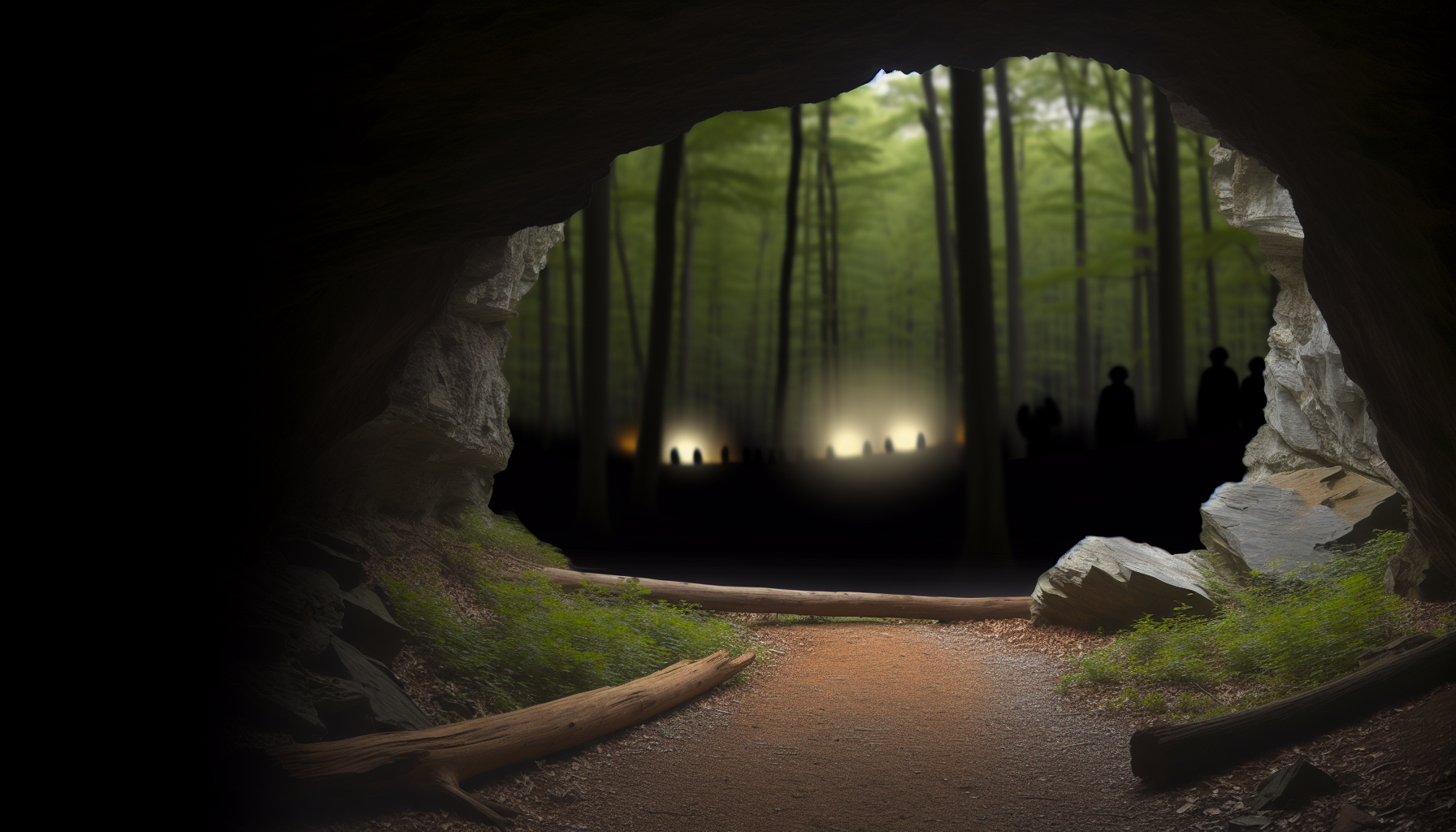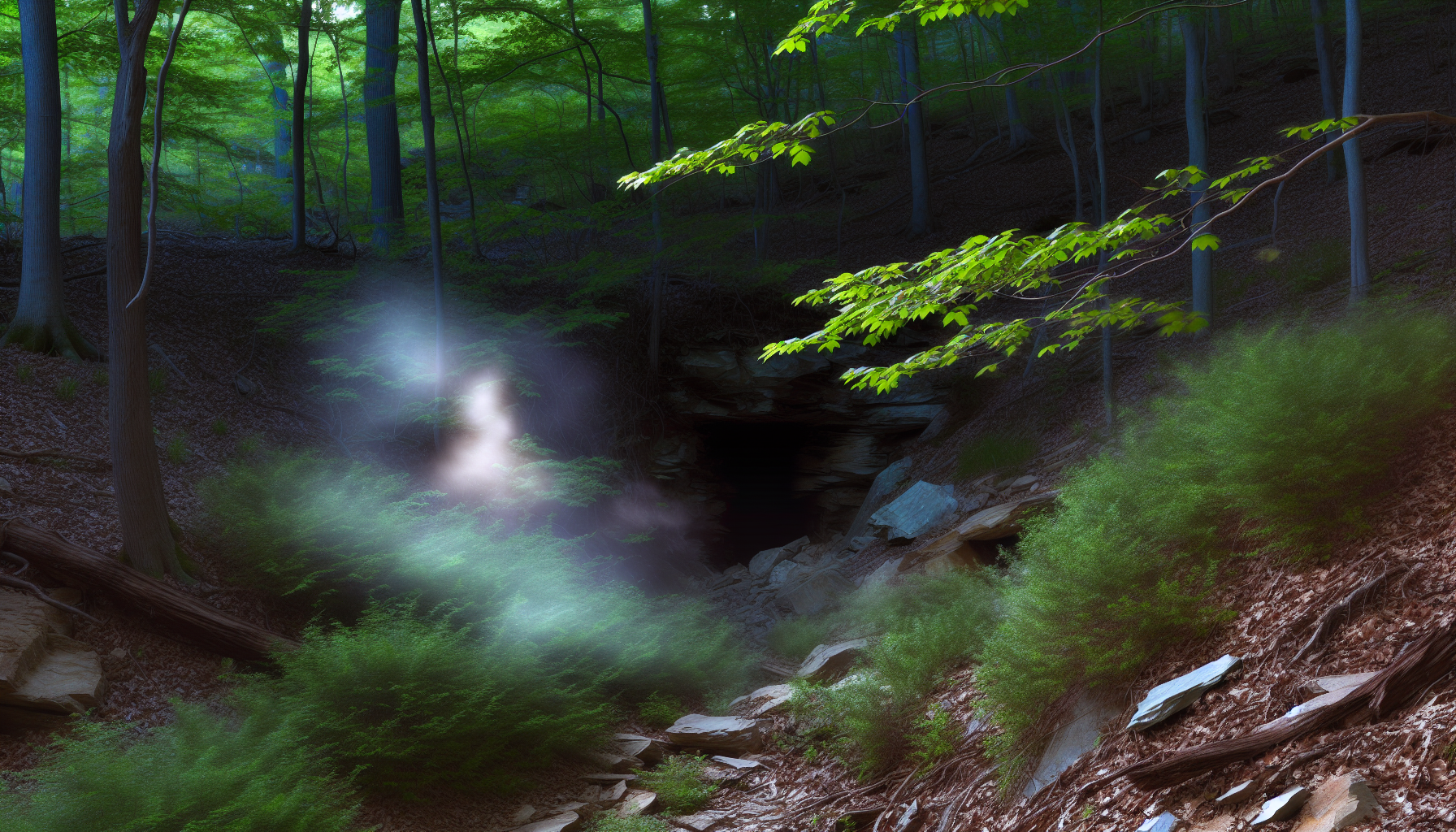Steeped in history and culture, Takoma Park, Maryland offers a unique blend of suburban tranquility and progressive spirit. Known as the ‘Azalea City’, this article delves into its origins as a planned Victorian suburb, its bold community initiatives, and its natural beauty.
The Roots and Evolution of Takoma Park
Founded in 1883, Takoma Park was conceived as a suburban idyll by Benjamin Franklin Gilbert, who envisioned a community that leveraged the benefits of proximity to the nation’s capital while maintaining a distinct, bucolic charm. This chapter delves into how Gilbert’s vision of a commuter suburb has evolved into a vibrant, progressive community, underscoring the architectural, cultural, and societal keystones that shape Takoma Park today.
Gilbert’s endeavor began with the purchase of land near the Baltimore & Ohio Railroad, recognizing the potential for a residential area that offered easy access to Washington, D.C., without forsaking the tranquility of rural living. This strategic location prompted the development of Takoma Park as one of the first Victorian commuter suburbs in the United States. The area’s growth was significantly buoyed by the establishment of the Takoma Park Station, around which the initial community began to flourish. The importance of rail infrastructure in shaping early American suburbs cannot be overstated, and Takoma Park stands as a testament to the foresight of integrating transportation into community planning.
The architectural landscape of Takoma Park, with the Cady Lee House as a prime example, showcases the Victorian and Arts and Crafts influences that were popular among the early suburban developments of the late 19th and early 20th centuries. The Cady Lee House, now listed on the National Register of Historic Places, reflects the grandeur and optimism of the period, serving as a prominent marker of the community’s affluent beginnings. Similarly, Takoma Junction, with its blend of historic buildings and modern conveniences, illustrates the dynamic evolution of the city’s commercial and social hub.
Beyond its architectural significance, Takoma Park has nurtured a culture of environmentalism and civic engagement that distinguishes it within the broader narrative of American suburban development. The city’s designation as a Tree City USA underscores a long-standing commitment to urban forestry and green space, encapsulated by the lush expanse of Sligo Creek Park. This park, along with others, serves not only as a recreational asset but also as a vital component of Takoma Park’s environmental identity, offering a natural respite within the urban landscape.
Takoma Park’s progressive spirit is perhaps most notably exemplified by its political milestones, such as becoming the first U.S. city to lower the voting age to 16 for municipal elections. This bold move, coupled with the city’s status as a nuclear-free zone, signals a community unafraid to lead by example in advocating for societal change. The influence of historic figures who have called Takoma Park home, including activists, politicians, and artists, further cements the city’s reputation as a haven for progressive thought and action.
Community action in Takoma Park has been instrumental in shaping its identity. The city’s residents have a long history of mobilizing for various causes, ranging from civil rights to environmental conservation. The active engagement of its citizens in local governance and community projects has fostered a sense of collective responsibility and mutual support that is palpable in the city’s public life.
The principles established by Benjamin Franklin Gilbert—of creating a community that is at once close to nature and connected to urban conveniences—continue to influence life in modern Takoma Park. Today, the city strives to balance growth with sustainability, preserving its historical character while meeting the needs of an increasingly diverse population. Urban development initiatives in Takoma Park are often guided by sustainable practices, from green building standards to initiatives aimed at reducing the community’s carbon footprint.
As Takoma Park moves forward, it remains deeply aware of its roots. The city’s commitment to protecting its architectural heritage, fostering an inclusive and engaged community, and pursuing environmental sustainability is a model for suburban development that honors the past while innovating for the future. The blend of historical preservation with forward-thinking policies has made Takoma Park a unique example of how local efforts can resonate on a larger scale, offering lessons in community building and sustainable living that extend far beyond its borders.
In conclusion, the evolution of Takoma Park from a Victorian commuter suburb to a progressive enclave is a reflection of its residents’ commitment to preserving a distinctive way of life while adapting to changing times. The city’s architectural and cultural landmarks, alongside its achievements in environmental and civic advocacy, narrate a story of a community that values its past, engages with the present, and looks forward to a sustainable and inclusive future. This chapter has explored how, through a combination of visionary planning, community action, and a dedication to progressive causes, Takoma Park has grown into more than just a place to live—it has become a vibrant testament to what suburban America can aspire to be.
Conclusions
From its inception as a utopian vision to its current status as a dynamic urban community, Takoma Park has managed to retain the charm of its origins while embracing progressive values. This enduring legacy, coupled with its lush greenery and active civic spirit, positions Takoma Park not just as a mere suburb of Washington D.C., but as a place with its own distinct identity and culture.










